We’ve all heard the phenomenon of dogs having a similar appearance to their owners. However, is that true? It is a widely held belief, usually either perpetuated by scientific studies or simply walking down the street and observing various dogs and their similar-looking owners out on a stroll. But is there any truth to the notion that our dogs indeed bear a resemblance to us? Let’s find out.
In 2004, ResearchGate released a research report centered on the idea that dogs resemble their owners. They wanted to examine the idea of people looking like their pets, by having observers attempt to match dogs with their owners. First, they wanted to find out if this phenomenon was true. Secondly, they were curious to find out whether the majority of people would make matches based on which dogs and humans had the most resemblance– or if they would make matches based on which dogs and humans had the most contrast. Ultimately, observers were “able to match only purebred dogs with their owners, and the ability to match people and pets did not seem to rely on any simple trait matching.” The researchers ended up with the conclusion that “when people pick a pet, they seek one that, at some level, resembles them, and when they get a purebred, they get what they want.”*
So, what does this mean? The findings from the 2004 ResearchGate study suggest that there is a subtle connection between the appearance of dogs and their owners. The study’s conclusion– that people tend to choose pets that resemble themselves, particularly when selecting purebred dogs– implies that our choice of pets may be influenced by our desire for a visual or behavioral match.
This phenomenon can be attributed to several factors. Firstly, people often choose dogs based on personal preferences, which are shaped by their own physical attributes and lifestyle. Therefore, someone who values a particular breed’s appearance or characteristics might select a dog that aligns with their own traits or lifestyle, therefore creating a resemblance between them and their pet. For example, according to the BBC, women with long hair are more likely to prefer dogs with long, floppy ears, and heavier people tend to have fatter dogs.
It’s also important to note that, beyond physical appearance, behavioral similarities, too, play a role. Dogs and their owners often develop similar habits and mannerisms over time, which can enhance their resemblance. For instance, a laid-back owner might have a relaxed dog, while an energetic person might have a more active dog. These behavioral traits can create a sense of liking between a dog and their owner.
This phenomenon isn’t just a scientific curiosity; it’s also a cultural staple. Just think of classics like 101 Dalmatians, where Cruella De Vil’s clothing style and hair seem to mirror the spots on her beloved Dalmatians. Additionally, anecdotal evidence is abundant, with many pet owners claiming that their dogs look like them or have personalities akin to their own. Social media has escalated this belief, with countless photos comparing the looks of dogs and their owners, often highlighting striking similarities.

Now, just for fun, I’ve collected various pictures from my peers of themselves compared to their dogs, so… you, the readers, can be the judge:
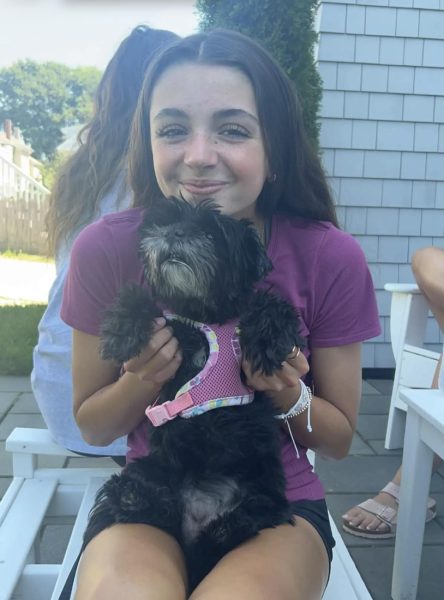
Jillian and Mayzie
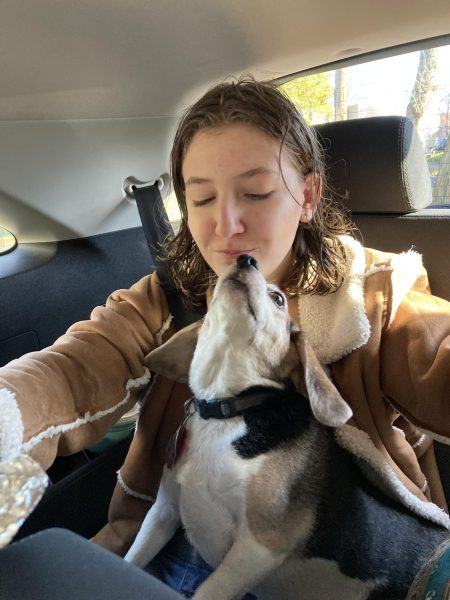
Zoe and Maggie
All in all, the belief that dogs look like their owners holds quite a lot of truth. While scientific studies support the notion that physical resemblance can occur, it is also evident that personal choices and psychological factors contribute to this phenomenon. Whether you believe it or not, after all, maybe you’re bound to find your own furry doppelganger someday!
*Link to research study: https://www.researchgate.net/publication/8603008_Do_Dogs_Resemble_Their_Owners



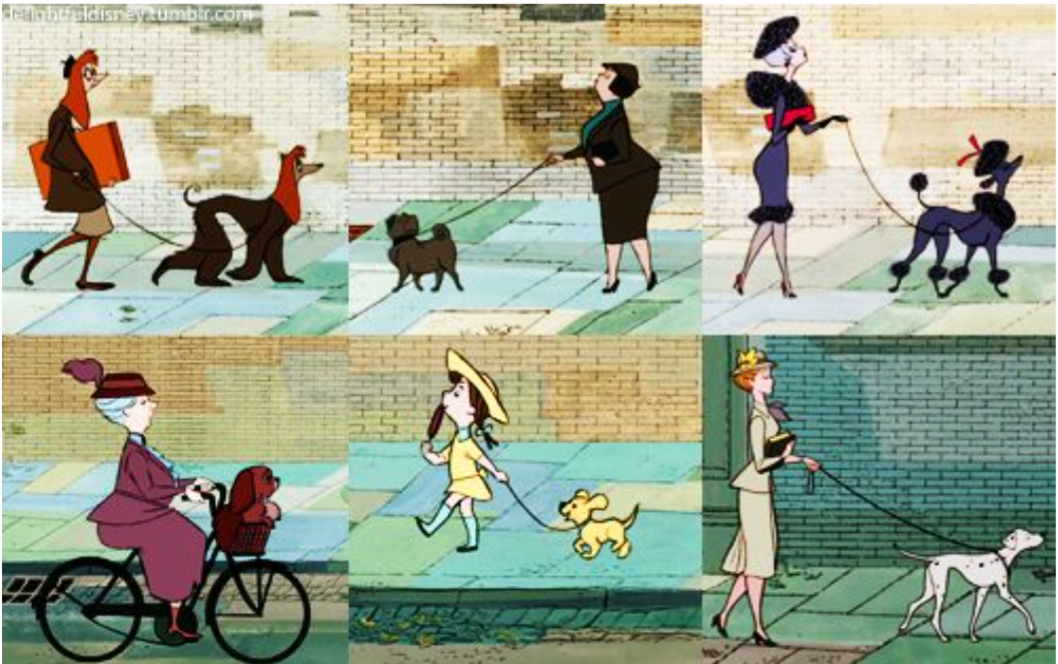



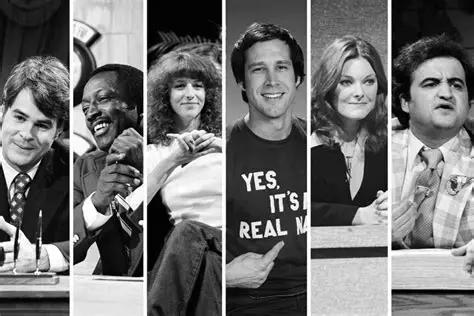









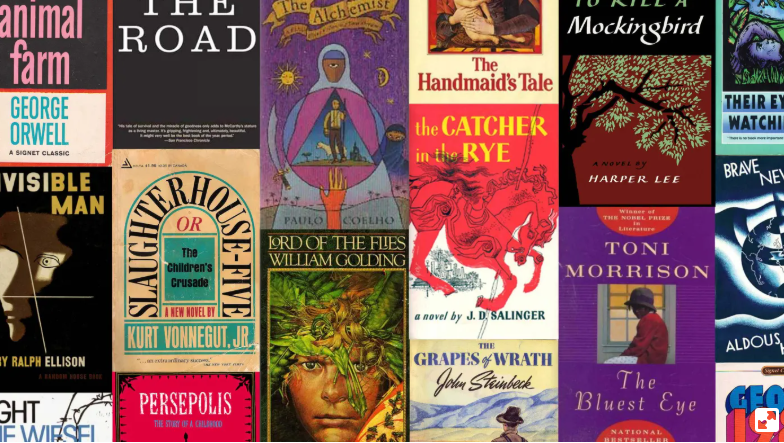




Jillian • Sep 24, 2024 at 1:49 pm
Love it!!